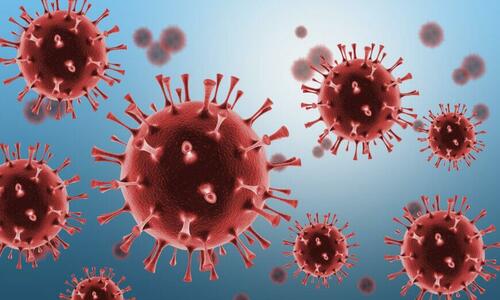 As I’ve said before: “gain of function” is nothing other than creating bio-weapons.
As I’ve said before: “gain of function” is nothing other than creating bio-weapons.
The creation of a new recombinant COVID-19 virus at Boston University, viewed as a “Frankenstein virus” by many, has raised a public uproar. This is not merely a risky gain-of-function experiment on “enhanced potential pandemic pathogens (ePPPs)”, it is a creation of an enhanced pandemic pathogen. NO “potential” here.
What is the rationale for this statement? What is the chimeric virus that we talk about here?
A team of researchers at Boston University’s National Emerging Infectious Diseases Laboratories posted a paper on October 14, 2022, on BioRxiv, a preprint server for biology, revealing that they had created a lab-made COVID-19 chimeric virus with reverse genetics technology.
Specifically, they’ve swapped the S gene of the spike protein in the original SARS-CoV-2 Wuhan strain with the corresponding S gene from the Omicron variant. So, the lab-made Chimeric virus (Wuhan-Omi-S chimeric virus) has all the genes from the Wuhan strain, which is much more pathogenic than the Omicron strain, except the S gene, which is from the highly transmissible yet relatively mildly pathogenic Omicron strain.
According to the preprint paper, the Omicron spike-bearing virus is able to effectively and robustly escape vaccine-induced humoral immunity just like the Omicron variant. In addition, unlike the naturally occurring Omicron variant, the Wuhan-Omi-S chimeric virus efficiently replicates in cell lines and primary-like distal lung cells.
Furthermore, it has killed at least 80 percent of infected K18-hACE2 mice (a type of transgenic mice expressing human ACE2 receptors), whereas the mortality rate of the Omicron variant was zero while the Wuhan strain caused 100 percent death in two weeks in control experiments in the same transgenic mice. This 80 percent mortality in the mice model by the Wuhan-Omi-S chimeric virus was observed in a two-week period. The paper did not provide any further observations on whether the surviving 20 percent of mice eventually died faster than the control mice group infected with Omicron variants.